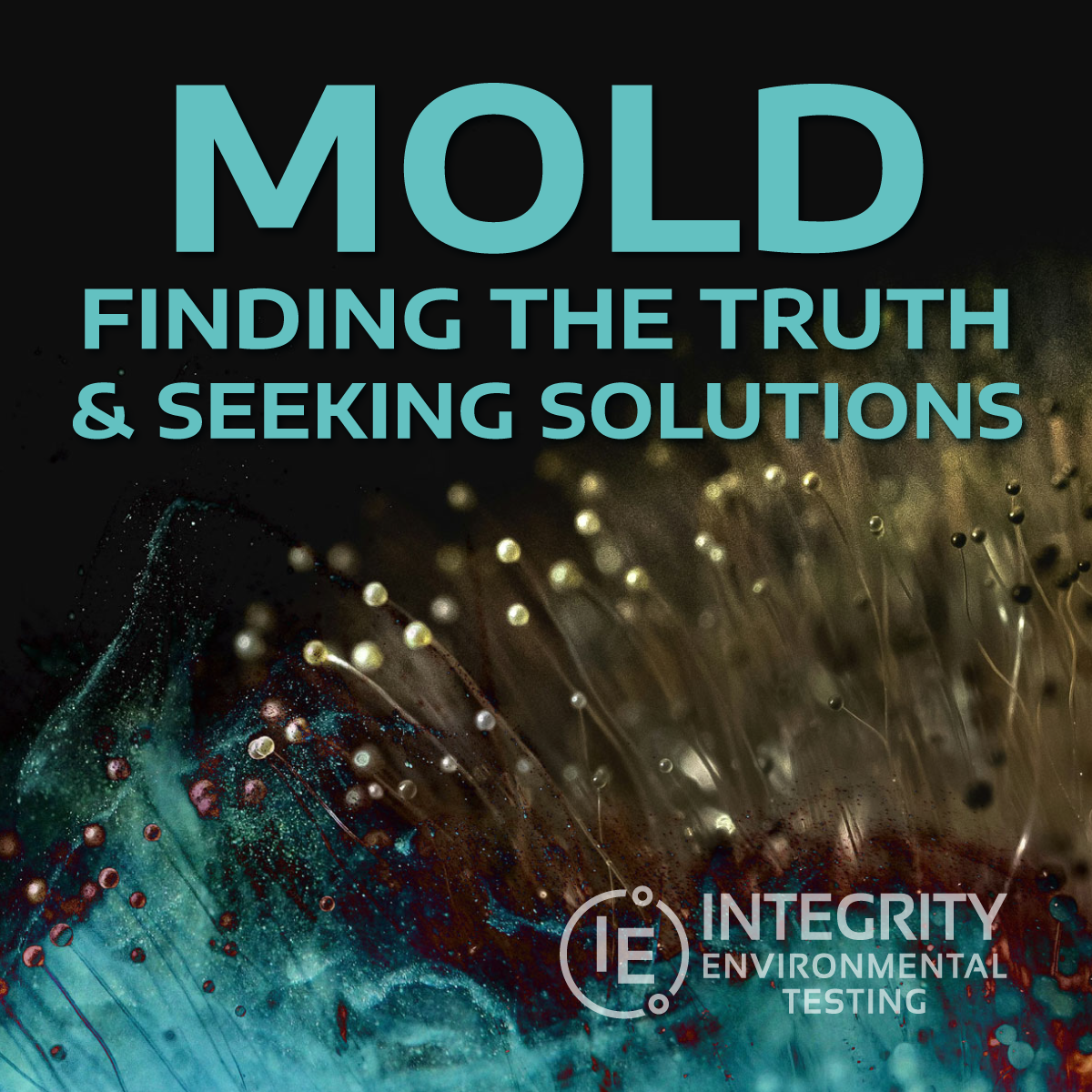Mold – it’s an aweful word that strikes fear into the hearts of homeowners everywhere. But just how dangerous is mold? …and what should you do if you suspect you have some? In this article, we’ll explore the truth of mold exposure, provide guidance on testing and seeking professional solutions.
Understanding Mold Exposure
Mold primarily gets into your body through touching it, eating it or breathing it. Since most people don’t touch or lick the spots on their walls, your primary exposure point is with airborne mold spores or directly interacting with mold-infested materials. While mold is a natural part of the environment, certain types of mold can produce toxins known as mycotoxins, which can pose health risks to humans and animals. Symptoms of mold exposure can vary widely, ranging from mild respiratory issues to more severe neurological symptoms.
Recognizing Mold Symptoms
How do you know if you’ve been exposed to mold? The symptoms can manifest in a variety of ways, making it essential to pay attention to any changes in your health or well-being. Common symptoms of mold exposure include coughing, wheezing, sneezing, headaches, fatigue, and skin irritation. Unfortunately, those same symptoms can be attributed to MANY different types of illnesses! Which makes it near impossible to figure out without professional guidance. We would never recommend that you spend hours online “Googling” your symptoms, but here’s a pretty great article about it.
Seeking Professional Guidance
While it’s natural to feel concerned about mold exposure, it’s essential to avoid jumping to conclusions or performing ‘self diagnosis’. Consulting a doctor should always be your first step if you suspect mold-related health issues. Medical professionals can conduct tests to assess your symptoms and determine the underlying cause, providing personalized guidance and treatment options. Here’s an article by the CDC regarding mold exposure. Again, consult your doc.
Mold is a 2-Headed Monster… Navigating the Remediation Process
There is mold you see growing on some material or surface in your home then there is the airborne spores it releases, it’s important to address both heads of that monster. While it can be easy to see the surface mold on materials, it is impossible to know if there is an airborne problem putting you at a health risk without testing.
Next, airborne mold does not level off and balance out, so you can get very different readings room to room throughout the property. Also, you can not see how air is moving in a property with natural pressurization, HVAC systems, open doors and windows, fans etc..so it’s critically important to test every room, and not just the room where you see visible mold. Never hire a mold remediation company who does not suggest doing a whole house air test first. The surface problem is easy because you can see it, but how can they protect you from or remediate the airborne problem if they have not first identified the scope of the problem.
Every mold problem or concern should start with a professional mold test to assess the extent of the problem and exposure.
While mold can be concerning, it’s essential to approach the situation calmly and methodically. By understanding the risks of mold exposure, recognizing the symptoms, and seeking professional guidance, you can take proactive steps to protect your health and well-being. Remember, your doctor should always be your first expert resource when it comes to mold-related health concerns.
Here’s a great U.S. Dept. of Housing and Urban Development brochure on how to keep a healthy home. If you suspect mold exposure in your home or workplace, don’t hesitate to take action.

Always Free Consultations

Call Now!
We’ll Call You!
Our certified inspectors will assess your property, identify any possible abnormal mold levels, and provide expert guidance on next steps. Contact us now to ensure a healthier environment for you and your loved ones. We are committed to no pressure, informative service.
#colorado #mold #waterdamage #moldremediation

